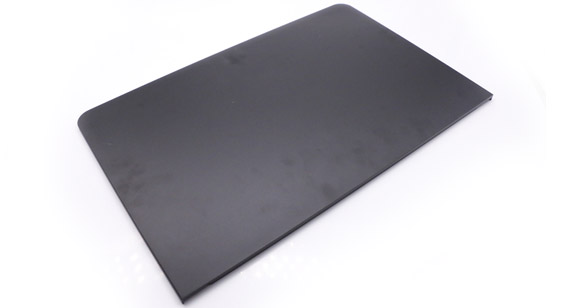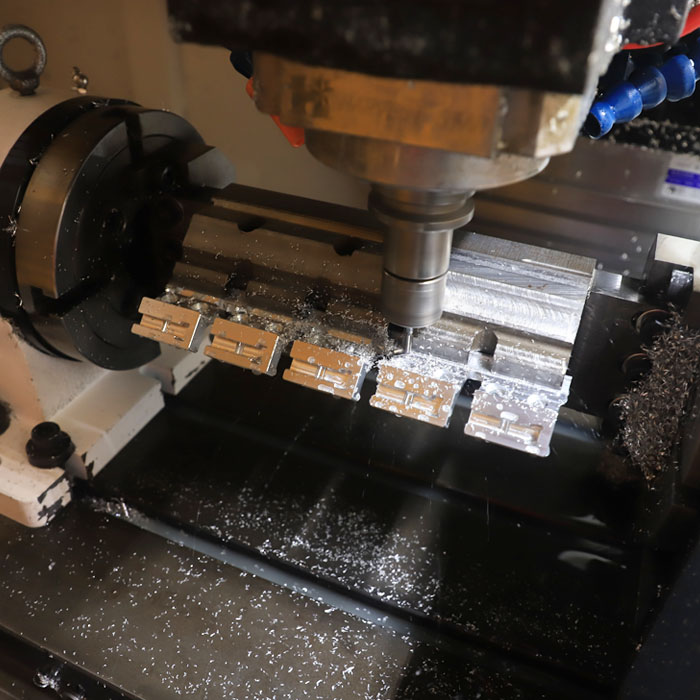14 years one-stop China custom CNC machining parts factory

Hey there I’m VMT Sam!
With 25 years of CNC machining experience we are committed to helping clients overcome 10000 complex part-processing challenges all to contribute to a better life through intelligent manufacturing. Contact us now
 69 |
Published by VMT at Apr 06 2024
69 |
Published by VMT at Apr 06 2024
In the realm of CNC machining, optimizing machining processes is crucial for ensuring the quality of precision components with stringent flatness requirements. However, beyond process refinement, stress relief treatment also significantly influences the final accuracy and flatness of components. This article, from a professional perspective, delves into the roles and interplay of optimizing machining processes and stress relief treatment in manufacturing high-precision flat CNC components.

I. Optimization of CNC Precision Component Machining Processes
When manufacturing CNC components with high flatness requirements, optimizing machining processes involves various aspects such as machine tool precision, tool selection, cutting parameter settings, and machining sequences.
Machine Tool Precision: High-precision CNC machines provide a stable machining environment and precise cutting actions, ensuring dimensional accuracy and surface quality.
Tool Selection: Tool selection directly impacts machining quality and efficiency. Choosing suitable tool materials and geometries for different materials and machining requirements reduces cutting forces and heat, thereby enhancing flatness and surface quality.
Cutting Parameter Settings: Properly adjusting cutting parameters such as cutting speed, feed rate, and depth of cut is crucial for efficient and stable cutting processes, minimizing component deformation and errors.
Machining Sequence: Rational machining sequences help prevent stress concentration and deformation during machining, ensuring final accuracy and flatness.

II. Impact of Stress Relief Treatment on CNC Precision Components
During CNC precision component machining, factors like internal material stress and external factors like cutting forces and thermal stresses often lead to deformation and dimensional errors. Thus, stress relief treatment plays a vital role in improving component accuracy and flatness.
Stress relief treatment, achieved through methods like heat treatment, vibration aging, or natural aging, aims to release and redistribute internal stresses in materials. This process significantly reduces component deformation, enhancing flatness and dimensional accuracy. Additionally, stress relief treatment improves mechanical properties and stability, increasing component lifespan and reliability.
III. Synergistic Effects of Process Optimization and Stress Relief Treatment
For manufacturing high-precision flat CNC components, process optimization and stress relief treatment are not isolated steps but rather need to synergize and complement each other.
Process Optimization: By optimizing machining processes to minimize cutting forces and heat, machining-induced stresses are reduced, easing stress relief treatment and improving its effectiveness.
Stress Relief Treatment: Effective stress relief treatment eliminates or minimizes internal stresses, providing better conditions for subsequent machining. This helps reduce deformation and errors during machining, enhancing accuracy and flatness.
IV. Case Studies and Practical Insights
Many CNC machining factories have successfully integrated process optimization and stress relief treatment, producing high-precision flat CNC components. These success stories not only validate the effectiveness of their combined approach but also offer valuable practical insights.
For instance, a CNC machining factory manufacturing high-precision flat aerospace components optimized machine tool precision, tool selection, and cutting parameters, significantly reducing machining-induced stress. Additionally, employing vibration aging stress relief treatment further minimized deformation and errors. Ultimately, the factory successfully produced high-precision flat CNC components meeting customer requirements and receiving high praise.

V. Conclusion and Future Outlook
For CNC precision components with high flatness requirements, optimizing machining processes and stress relief treatment are key measures to ensure quality and accuracy. By refining machining processes and employing effective stress relief treatment, flatness and dimensional accuracy can be significantly enhanced, meeting the demands of high-precision machining.
As CNC machining technology continues to evolve, we will face new challenges and opportunities. Thus, further research into the synergistic mechanisms of process optimization and stress relief treatment is necessary, along with exploring new process methods and treatment technologies to meet evolving machining demands and market challenges.
Moreover, strengthening collaboration and knowledge sharing within the CNC machining field will foster technological advancements and industry development. With these efforts, we can expect to manufacture more high-precision CNC components and make greater contributions to the manufacturing industry's advancement.
Ready To Start Your Next Project?
Get Instant Quote

Request a Free Quote
Send us a message if you have any questions or request a quote. We will get back to you ASAP!